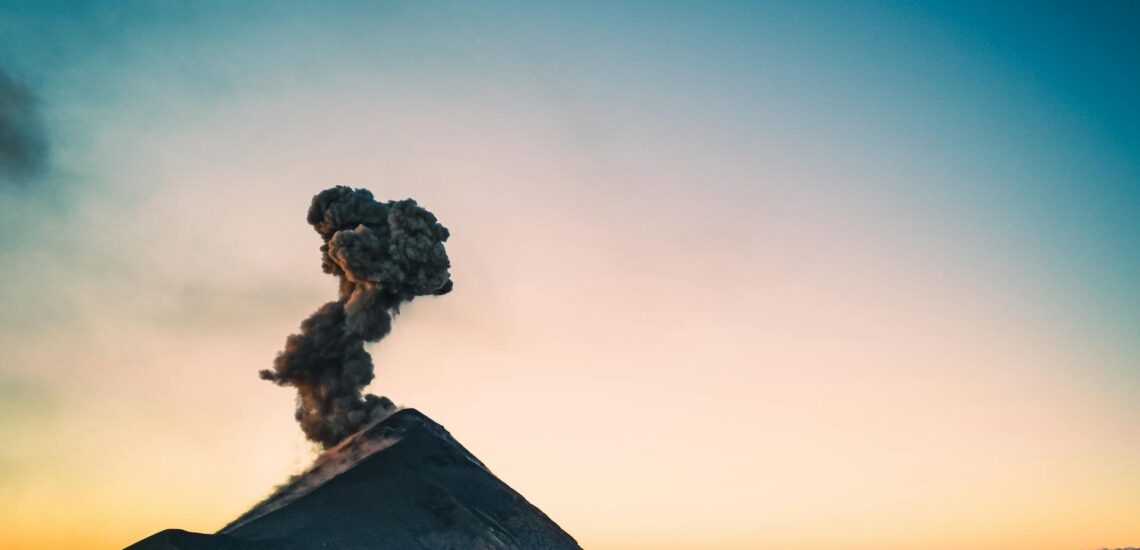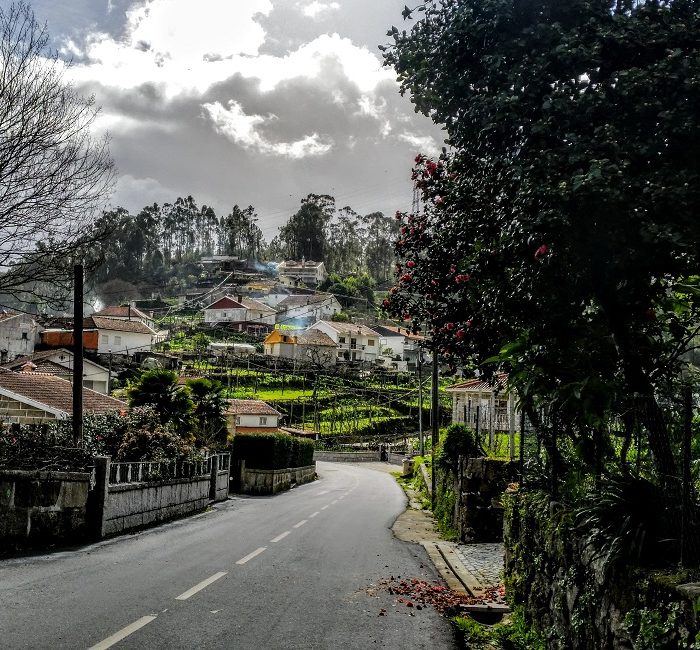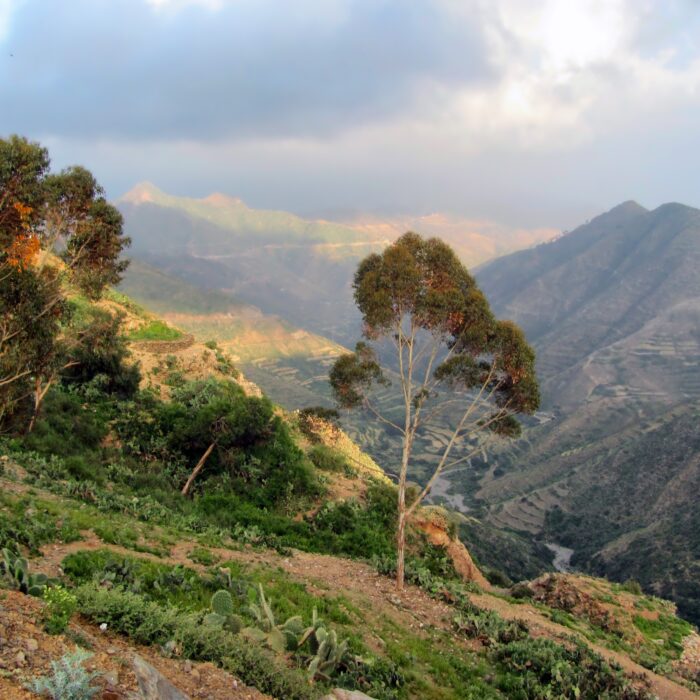Краткие факты о Гватемале:
- Население: Около 17,3 миллиона человек.
- Столица: Гватемала-Сити.
- Официальный язык: Испанский.
- Валюта: Гватемальский кетцаль (GTQ).
- Правительство: Унитарная президентская конституционная республика.
- Основная религия: Христианство, преимущественно римский католицизм со значительным протестантским меньшинством.
- География: Расположен в Центральной Америке, граничит с Мексикой на севере и западе, Белизом на северо-востоке, Гондурасом на востоке, Сальвадором на юго-востоке и Тихим океаном на юго-западе.
Факт 1: В Гватемале сохранились свидетельства существования империи майя
Цивилизация майя, одна из самых развитых культур Мезоамерики, процветала на территории современной Гватемалы и других частей Центральной Америки примерно с 2000 года до нашей эры по XVI век нашей эры.
Такие археологические памятники, как Тикаль, Эль-Мирадор и Квиригуа, являются одними из самых примечательных руин майя в Гватемале. Тикаль, расположенный в северной части региона Петен, был одним из самых больших и могущественных городов майя, с впечатляющими храмами, пирамидами и церемониальными комплексами. Эль-Мирадор, также расположенный в джунглях Петена, известен своей монументальной архитектурой и ранним городским планированием. В Киригуа, расположенном на юго-востоке страны, можно увидеть замысловатые стелы и скульптурные памятники.
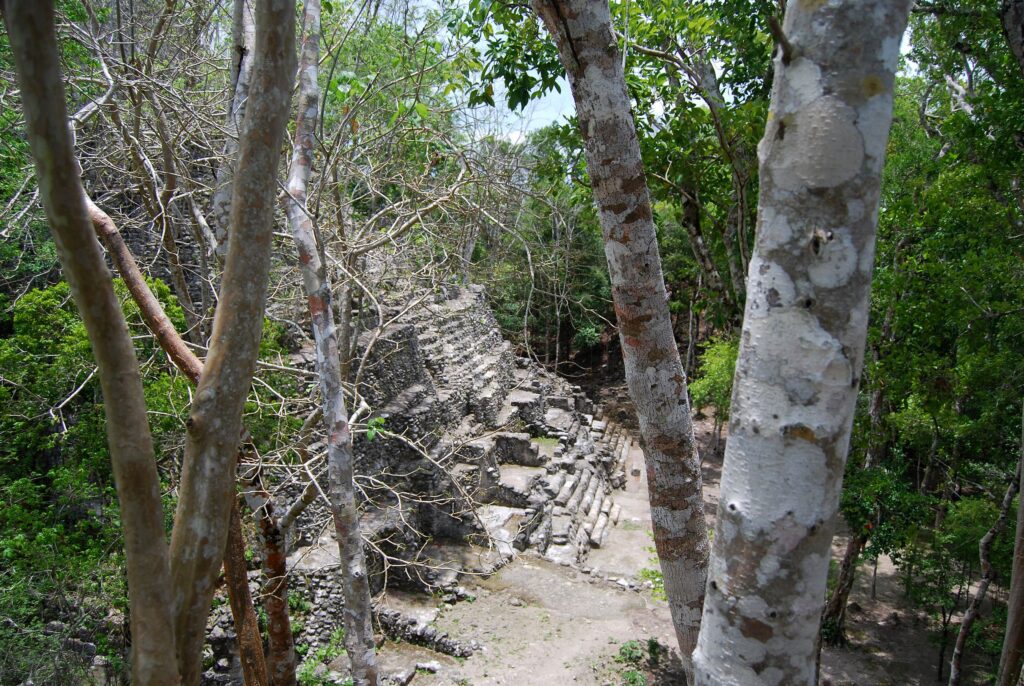
Факт 2: Ткачество по-прежнему развито в Гватемале и является частью культуры
Ткачество имеет в Гватемале давние и богатые традиции, восходящие к доколумбовым временам. Оно играет центральную роль в культурной самобытности многих коренных народов, которые сохранили и передают из поколения в поколение традиционные техники ткачества и узоры.
В Гватемале ткачество – это не просто ремесло, это форма художественного самовыражения и способ связи с традициями предков. Многие женщины из числа коренных народов – искусные ткачихи, использующие такие техники, как плетение на ремешках, плетение на ножном станке и вышивка, для создания сложного текстиля с яркими цветами и замысловатыми узорами.
Этот текстиль имеет глубокое культурное значение и часто используется в традиционной одежде, церемониальных нарядах и предметах домашнего обихода. Каждый регион Гватемалы имеет свой собственный стиль ткачества, мотивы и цвета, отражающие разнообразное культурное наследие коренных общин страны.
Факт 3: В Гватемале несколько десятков вулканов
Гватемала входит в Тихоокеанское огненное кольцо – регион, характеризующийся высокой вулканической активностью, обусловленной движением тектонических плит. Вулканический ландшафт страны обусловлен ее расположением на границе Карибской и Североамериканской плит, а также наличием нескольких тектонических разломов.
В Гватемале находится более 30 вулканов, а по некоторым оценкам, в стране их может быть до 37. Вулканы различаются по размеру, форме и уровню активности: от высоченных стратовулканов до небольших конусов.
Среди наиболее заметных вулканов Гватемалы можно назвать следующие:
- Вулкан де Фуэго (Огненный вулкан): Один из самых активных вулканов страны, известный своими частыми извержениями и потоками лавы.
- Вулкан Пакая: Популярное туристическое место недалеко от города Гватемала, известное своей доступностью и продолжающейся вулканической активностью.
- Вулкан Тахумулько: Самая высокая вершина в Центральной Америке, расположенная в западном нагорье Гватемалы.
- Вулкан Санта-Мария: Известен своим драматическим извержением в 1902 году, в результате которого образовался комплекс лавовых куполов Сантьягуито.
Примечание: Планируете посетить страну? Проверьте, нужны ли вам Международные водительские права в Гватемале для аренды и управления автомобилем.
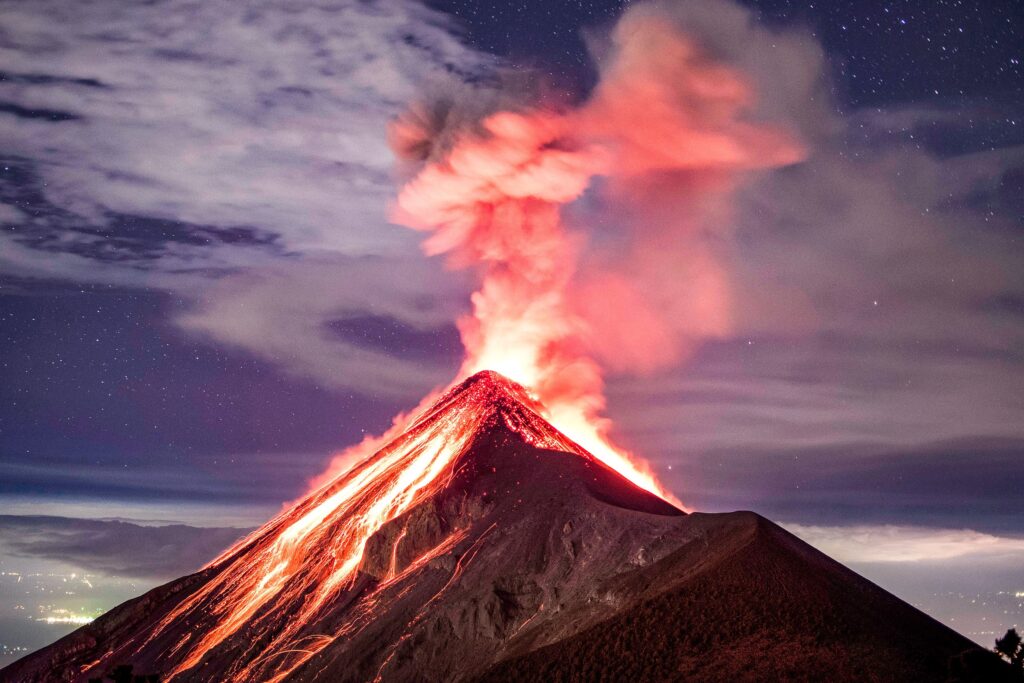
Факт 4: Кофейные зерна составляют основу экспорта Гватемалы
Гватемала славится своими высококачественными кофейными зернами, которые ценятся за богатый вкус, аромат и гладкость. Производство кофе было краеугольным камнем сельскохозяйственного сектора Гватемалы на протяжении веков, начиная с XIX века, когда в стране начали выращивать кофе.
Сегодня Гватемала является одной из ведущих стран-производителей кофе в мире и неизменно входит в десятку крупнейших мировых экспортеров кофе. Разнообразные микроклиматы, плодородные вулканические почвы и идеальные условия для выращивания в таких регионах, как Антигуа, Уэуэтенанго и Атитлан, способствуют исключительному качеству гватемальского кофе.
В Гватемале выращивают различные виды кофейных зерен, включая арабику и робусту, причем зерна арабики наиболее распространены и востребованы благодаря своим превосходным вкусовым качествам. Кофейная индустрия страны включает в себя мелких фермеров, кооперативы и крупные плантации, которые вносят свой вклад в выращивание, переработку и экспорт кофейных зерен.
Факт 5: Самое глубокое озеро в Центральной Америке находится в Гватемале
Озеро Атитлан – это потрясающее вулканическое озеро, расположенное в Гватемальском нагорье, в окружении возвышающихся вулканов и живописных деревень майя. Оно славится своей живописной красотой, кристально чистыми водами и спокойной атмосферой, что делает его популярным туристическим направлением и важной природной достопримечательностью Гватемалы.
Глубина озера Атитлан в самой глубокой точке составляет около 340 метров (1 115 футов), что делает его самым глубоким озером в Центральной Америке. Озеро образовалось в вулканическом кратере и питается различными реками и ручьями, впадающими в его бассейн. Глубина озера и уникальные геологические особенности обусловливают его исключительную красоту и экологическую значимость.
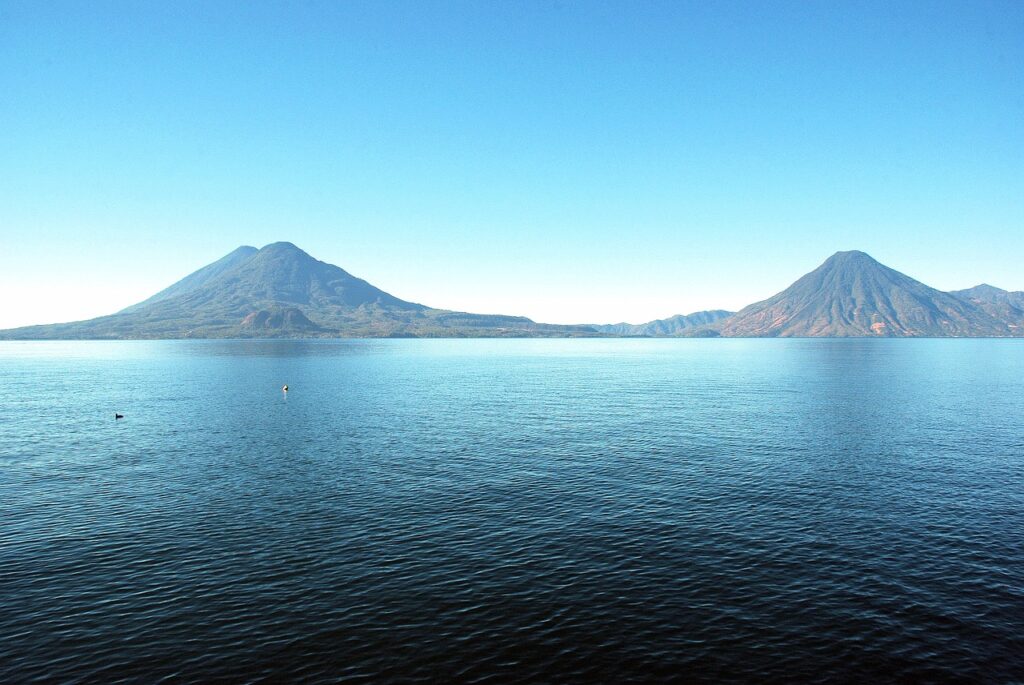
Факт 6: В Гватемале проживает разнообразное население со значительным наследием коренных народов
Гватемала имеет богатый культурный гобелен, сформированный наследием коренных народов: в различных регионах страны проживает более 20 различных коренных групп. Эти коренные общины, включая майя, гарифуна, шинка и другие, вносят свой вклад в культурное разнообразие и социальную структуру Гватемалы.
Одна из самых известных групп коренного населения Гватемалы – майя, которые населяют этот регион уже тысячи лет и продолжают сохранять свои культурные традиции, языки и обычаи. Цивилизация майя оставила неизгладимый след в культурном ландшафте Гватемалы: древние руины, церемониальные места и архитектурные чудеса разбросаны по всей стране.
Помимо майя, в Гватемале проживают и другие коренные общины, каждая из которых имеет свой язык, диалекты и культурные традиции. На этих языках, включая к’иче, кахчикель, мам, к’екчи и многие другие, говорят миллионы гватемальцев, и они вносят свой вклад в языковое разнообразие страны.
Факт 7: В Гватемале находятся 3 объекта Всемирного наследия ЮНЕСКО
В Гватемале находятся три объекта Всемирного наследия ЮНЕСКО:
- Национальный парк Тикаль: Расположенный в северном регионе Гватемалы, Тикаль является одним из самых важных археологических памятников древней цивилизации майя. Когда-то это был процветающий город-государство и церемониальный центр с впечатляющими храмами, пирамидами, дворцами и другими сооружениями, относящимися к классическому периоду цивилизации майя (ок. 200-900 гг. н.э.). Монументальная архитектура и богатое культурное значение Тикаля делают его объектом Всемирного наследия ЮНЕСКО.
- Антигуа Гватемала: Основанный в XVI веке, Антигуа-Гватемала – колониальный город, расположенный в центральных горных районах Гватемалы. Он служил столицей испанского колониального королевства Гватемала на протяжении более двух столетий и славится хорошо сохранившейся архитектурой в стиле испанского барокко, мощеными улицами и историческими достопримечательностями. Культурное наследие и архитектурное очарование Антигуа позволили ему получить статус Всемирного наследия ЮНЕСКО.
- Археологический парк и руины Квиригуа: Квиригуа – древний археологический памятник майя, расположенный в восточной низменности Гватемалы, недалеко от Карибского побережья. Он знаменит своими впечатляющими стелами и резными монументами, которые являются одними из самых высоких и замысловато вырезанных в мире майя. Руины Квиригуа дают ценные сведения об искусстве, истории и культуре майя, что позволило включить его в список объектов Всемирного наследия ЮНЕСКО.
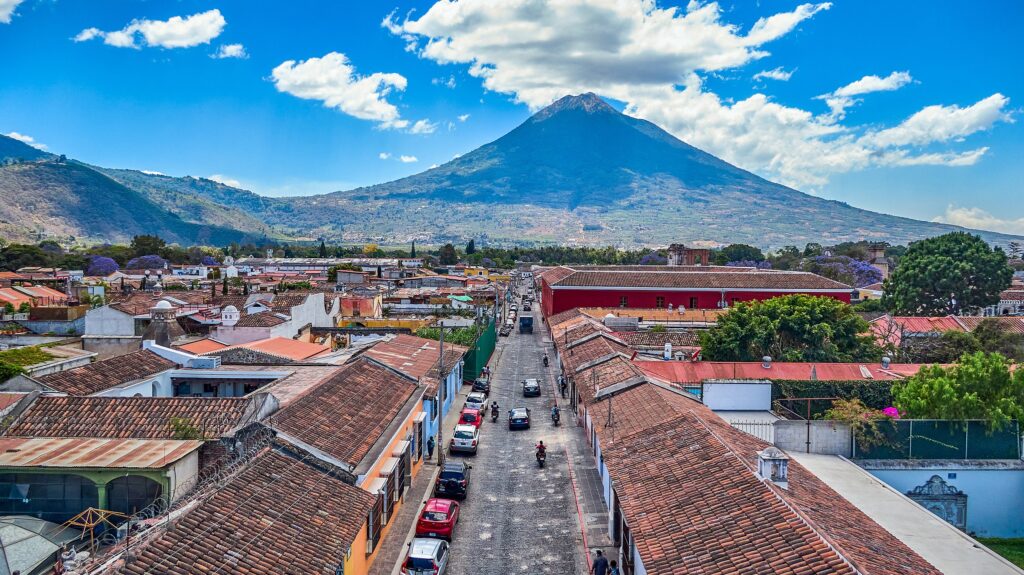
Факт 8: Гражданская война в Гватемале была самой продолжительной в Латинской Америке
Гражданская война в Гватемале, длившаяся с 1960 по 1996 год, по общему признанию, является одним из самых продолжительных и жестоких конфликтов в истории Латинской Америки. В ходе конфликта правительство и вооруженные силы Гватемалы противостояли левым партизанским группам и коренному населению, которое подвергалось маргинализации и дискриминации со стороны государства.
Корни гражданской войны уходят в историю колониализма, неравенства и авторитарного правления в Гватемале. Напряженные отношения между правящей элитой и бесправным коренным населением, усугубляемые земельными спорами, экономическим неравенством и социальной несправедливостью, стали причиной вооруженной борьбы за политические и социальные перемены.
Факт 9: Американские школьные автобусы иногда получают вторую жизнь в Гватемале
Знаковые желтые школьные автобусы, используемые в Соединенных Штатах, часто выходят из эксплуатации после многих лет использования или когда они перестают соответствовать стандартам безопасности. Вместо того чтобы сдать их в утиль или выбросить, некоторые из этих автобусов продаются или передаются в дар и обретают вторую жизнь в таких странах, как Гватемала, где их переоборудуют и используют в качестве общественного транспорта.
Попадая в Гватемалу, эти автобусы подвергаются обширной модификации и доработке в соответствии с местными транспортными потребностями. Как правило, они окрашиваются в яркие цвета, украшаются замысловатыми узорами и оснащаются дополнительными сиденьями, чтобы вместить больше пассажиров. Интерьеры автобусов часто украшаются религиозными иконами, лозунгами и другими украшениями, отражающими культурные и художественные предпочтения их владельцев.
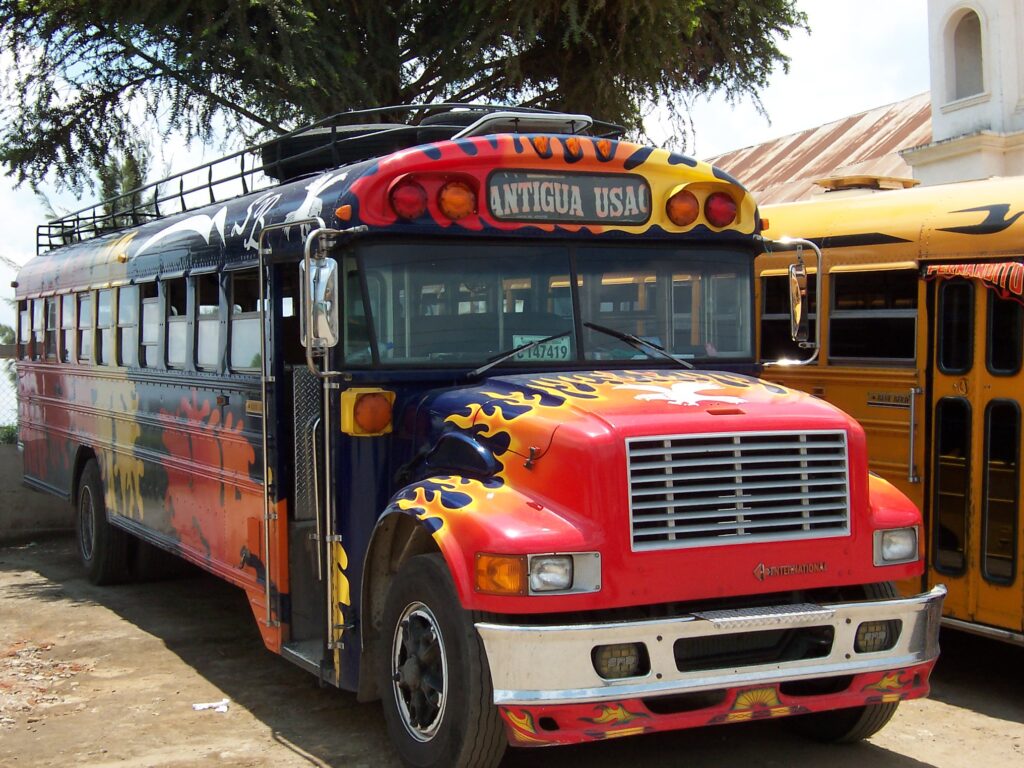
Факт 10: Гватемала – один из крупнейших производителей нефрита
Нефрит, драгоценный камень, ценящийся за свою долговечность и красоту, ценился цивилизациями на протяжении тысячелетий. Гватемала славится богатыми месторождениями нефрита, особенно в районе долины реки Мотагуа.
В долине реки Мотагуа, расположенной на востоке Гватемалы, находятся одни из самых значительных в мире месторождений нефрита. Нефрит, найденный в этом регионе, отличается исключительным качеством и ценится за свой яркий зеленый цвет и прозрачность. Археологические находки свидетельствуют о том, что нефрит высоко ценился древними цивилизациями майя, которые использовали его для создания замысловатой резьбы, украшений и ритуальных предметов.

Опубликовано Апрель 21, 2024 • 8м на чтение

